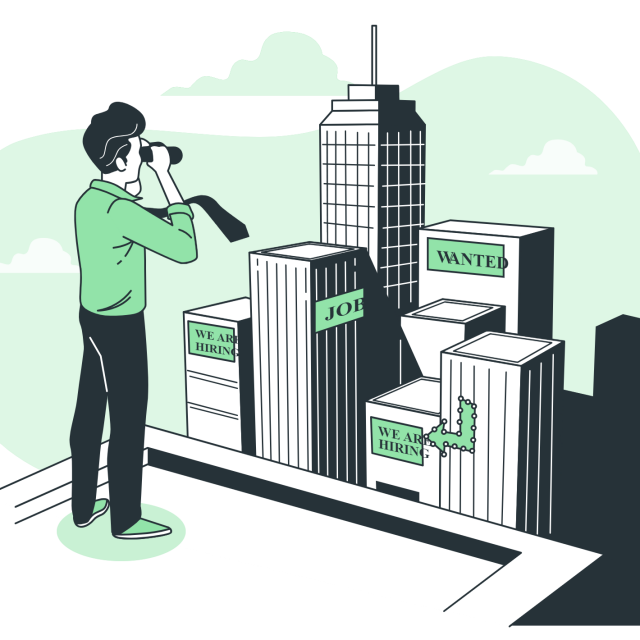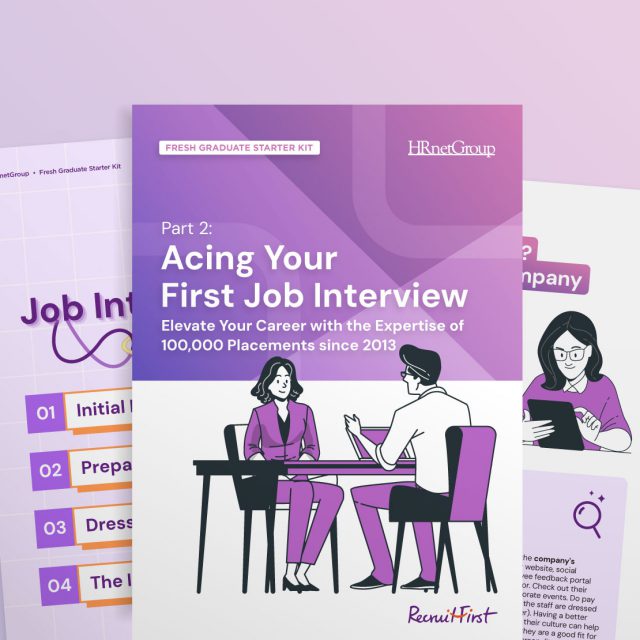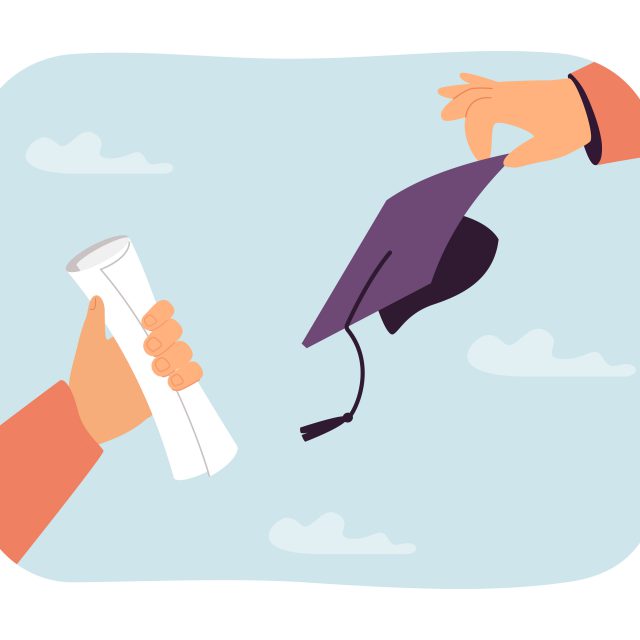Thank You, Next! The Art of Post-Interview Etiquette

Following up after an interview is not only polite but also shows your continued interest and enthusiasm for the position. Let’s talk about the etiquette of post-interview communication and the power of a well-crafted thank-you email.
After the interview, it’s considered good practice to send a thank-you email within 24 to 48 hours. This email serves as an opportunity to express gratitude for the interview, reiterate your interest in the role, and leave a positive impression on the hiring team. Remember, keep it professional, concise, and genuine.
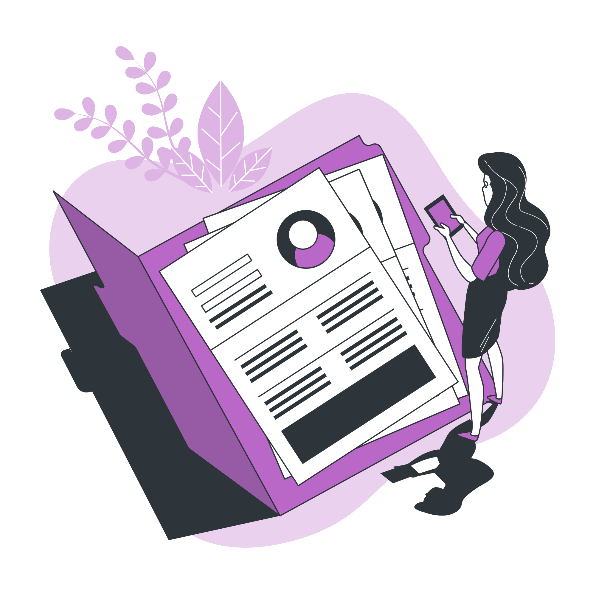
When crafting your follow-up email, keep these tips in mind:
- Be polite and professional.
- Express gratitude by thanking the interviewers for their time and the opportunity to interview for the position.
- Mention your continued interest in the role and highlight specific aspects of the interview that stood out to you.
- If there were any specific topics or discussions during the interview, reference them to show your attentiveness and engagement.
- Keep your email brief and to the point. Avoid rambling or overwhelming the recipient with too much information.
- Proofread your email for any grammatical errors or typos before hitting the send button.
Example Email Template:
Subject: Expressing Gratitude and Interest – [Position Title]
Dear [Interviewer’s Name],
I hope this email finds you well. I wanted to extend my heartfelt thanks for the opportunity to interview for the [Position Title] at [Company Name]. Our conversation has further solidified my enthusiasm for joining your esteemed organization.
I was genuinely impressed by the company’s dedication to innovation and the impactful work you are doing in [relevant industry]. The insights you shared during the interview have only deepened my desire to contribute to your team and be a part of your mission to [mention a specific company goal or vision].
I wanted to express my gratitude for the time you took to discuss the role and provide valuable insights into the company culture and future projects. Our conversation affirmed my belief that [Company Name] is the perfect fit for my skills, passions, and career aspirations.
I remain excited about the potential opportunity to contribute to the success of [Company Name] and its team. Please feel free to reach out if there is any additional information or documentation I can provide to support the hiring process.
Once again, thank you for your time and consideration. I look forward to the possibility of joining your exceptional team and making a positive impact together.
Best regards,
[your name]
[Email address]
(555) 555 – 5555
[link to portfolio] | [link to LinkedIn]
Second Follow-Up Email
After waiting for two weeks without receiving a response after your interview, it’s natural to feel a sense of disappointment. You might start questioning if they have any plans to hire you. No need to worry just yet! Managers and hiring teams are swamped with responsibilities like urgent matters, employee concerns, and team meetings. It’s common for them to take weeks before getting back to the interview process. However, sending a well-timed email can refocus their attention and remind them of your value.
Here’s what you need to know before sending the second following up email:
- Get the green light: Make sure if the employer has any instructions about the post-interview communication. If they mentioned a specific date for contact, be patient and wait until that time, even if it feels like forever. Trust their process!
- Craft a catchy subject line: Your subject line is the first thing interviewers will see. Grab their attention but keep it concise and capture the purpose of your message.
- Get to the point: You reached out for a reason, so make sure your intention shines through. Politely inquire about the status of your application by asking one of these questions:
- Have you made a hiring decision?
- Am I still being considered for the role?
- What are the next steps in the decision-making process?
- Show your enthusiasm: After asking about the application process, emphasize your continued interest in the role. This is your chance to share any ideas or thoughts that demonstrate your dedication to the position.
Example email template:
Email Subject line: [position title] at [Company Name].
Hi [interviewer’s name],
I hope you’re well.
We last spoke on Wednesday, September 28, during my interview for the role of [position title] at [Company Name]. I really enjoyed sharing my enthusiasm and skills with you, and we seem to have a similar passion for making music in our free time.
I wanted to check in about the next steps in the process. Have you come to a final decision?
I’m still very interested in the role. I would happily share some of my content ideas in a second interview.
Thanks again for your time. Hope to hear from you soon.
Best regards,
[your name]
[Email address]
(555) 555 – 5555
[link to portfolio] | [link to LinkedIn]
Remember, the follow-up email is an opportunity to leave a positive impression and keep yourself fresh in the interviewer’s mind. It shows your professionalism and keen interest in the position. Good luck and may your follow-up email lead you one step closer to success!
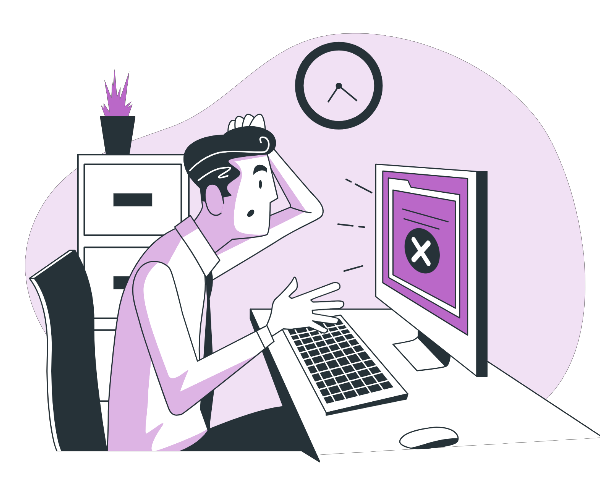
Bouncing Back: From Rejection to Reflection
As you embark on your journey to find your dream job, it’s important to recognize that facing rejection is a common part of the process. While it may feel disheartening, every rejection can be an opportunity for growth and self-improvement. Many factors come into play during the hiring decision, and employers may have specific criteria and preferences. Don’t be discouraged if you face rejections along the way – it’s a stepping stone towards finding the right opportunity.
Keeping a Positive Attitude: Maintaining a positive mindset is key when dealing with rejection. Remember that a rejection does not define your worth or abilities. Instead of dwelling on disappointment, focus on the lessons learned and the steps you can take to improve. Embrace each rejection as an opportunity to grow and showcase your resilience.
Learning from the Past Interview: Every interview experience offers valuable insights. Take the time to reflect on your past interviews and identify areas for improvement. Were there specific questions or aspects where you felt less confident? Use this reflection as a chance to grow and enhance your interview skills. You can also ask your past interviewer to know which part should be improved.
Example: Let’s say you stumbled upon a challenging behavioural question during an interview. Take note of it and work on developing a more structured response next time. Practice with mock interviews or seek guidance from mentors or career counsellors to help you strengthen your weak points.
Extracting Lessons and Continuous Improvement: Rejection is an opportunity to learn and evolve. Pay attention to any feedback you receive, whether it’s directly from the interviewer or through your self-reflection. Use this feedback to refine your interview skills, expand your knowledge, and enhance your overall professional profile.
Seeking Support and Feedback: Don’t hesitate to reach out to mentors, career counsellors, or trusted individuals for guidance and support. They can offer valuable insights, provide constructive feedback, and help you navigate the job search process more effectively. Utilize their expertise to enhance your interview skills and increase your chances of success.
In the world of job hunting, following up after an interview is your secret weapon for staying on an employer’s radar. It’s like adding the cherry on top of your interview sundae. Remember, patience is key, but a well-timed follow-up email can make all the difference. Craft it carefully, keep it concise, and let your enthusiasm shine through. So, go ahead and hit that “send” button—it might just be the final touch that lands you your dream job!

